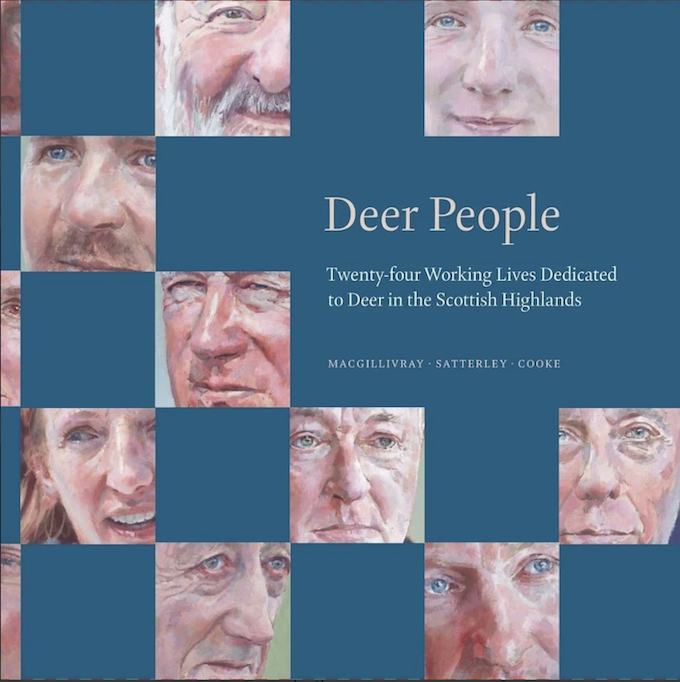Tom Turnbull, Chair of The Association of Deer Management Groups (ADMG) has fired a broadside at proposals in the Scottish Government’s consultation on deer management which closes on Friday 29 March saying that if they progress to become law they will not only be the most radical changes to deer management in Scotland in living memory but be a major step backwards for the delivery of collaborative deer management in the future.
One major bone of contention is the proposal for the introduction of Deer Management Nature Restoration Orders (DMNROs). This is a completely new regulatory concept demanding reductions in deer numbers to levels to be specified over as yet undefined but potentially extensive areas and over an undefined timeframe, potentially decades. It is proposed that such orders would be implemented on the basis of ‘nature restoration and enhancement’ ie on a totally subjective basis, whereas current regulations can be applied to counter or prevent damage following a series of rigorous steps and negotiation with the land owner or Deer Management Group.
The penalty for a land owner for non-compliance with the new DMNRO is proposed as a £40,000 fine, 3 months imprisonment, or both.
Tom Turnbull says:
“This draconian measure completely over-rides the current system that we understood was to be updated through this latest round of changes to deer management regulation and legislation. It also blows the principle of voluntary deer management clean out of the water. There would be no room for negotiation and it’s unclear in the consultation whether there would be any mechanism for appeal. If it goes ahead it will almost certainly end up in the courts.
“Moreover, this concept was not one of the recommendations of the expert Independent Deer Working Group that was set up to advise government where legislation around wild deer might be improved and streamlined. This has come completely out of left field – no science in support, no evidence that it will work – and actually at this stage very little if any detail, which is another reason for wanting to see it excised from any future thinking now.
“We are happy to talk to government about our concerns in more detail.
“We are also concerned by the information issued by the Scottish Government at the launch of the consultation which stated that ‘there are around one million wild deer in Scotland, up from around 500,000 in 1990’. This is completely subjective, and we challenge government to provide the science and evidence to support that claim.
“ADMG members are already committed and contributing massively to delivering on the Scottish biodiversity and climate change targets at landscape scale through regeneration and planting of woodland and restoration of peatbogs – and have been for the last 10 years and more.
“What is needed is facilitation and streamlining. Recent cuts of 40% to the Forestry Grant Scheme demonstrate Scottish Government’s lack of dedication to the very schemes that will support change.”
ADMG has also raised concerns that it is the upland deer range that is again being targeted for increased culls. An uplift in the cull of 50,000 over five years was announced last year, but evidence through official reported returns shows a steadily rising cull anyway.
“It’s always the upland deer range,” says Tom Turnbull. “That’s because there is a mechanism through the 50 or so Deer Management Groups, with published deer management plans, that are undertaking habitat monitoring and in almost all cases already reducing deer numbers – DMGs are an easy target for government to focus on and turn the screw.”
There is also the question of incentives. Deer management is delivered at a cost to the manager/owner in virtually all scenarios, and the case has been raised with government that this reduction in deer numbers is in support of its climate and biodiversity targets and to be delivered in the public interest, but the increased cost burden is being carried by the private sector.
“We are asking for financial support,” says Tom Turnbull, “and we will continue to ask, and developing incentives for deer management are supposed to be an important workstream for the Strategic Deer Board. But the bottom line is that we don’t believe government has any money. Basically, they want it all, but they want someone else to pay for it.”
ADMG’s response to the Consultation Managing Deer for Climate and Nature is available online here [link].
For more information about ADMG see www.deer-management.co.uk
To subscribe to the ADMG electronic newsletter e-scope here’s the link.
For more information or an interview with ADMG please contact:
Dick Playfair
Playfair Walker
Tel: 0131 445 5570
E: richard@playfairwalker.com


